Understanding the Difference Between Backend and Frontend
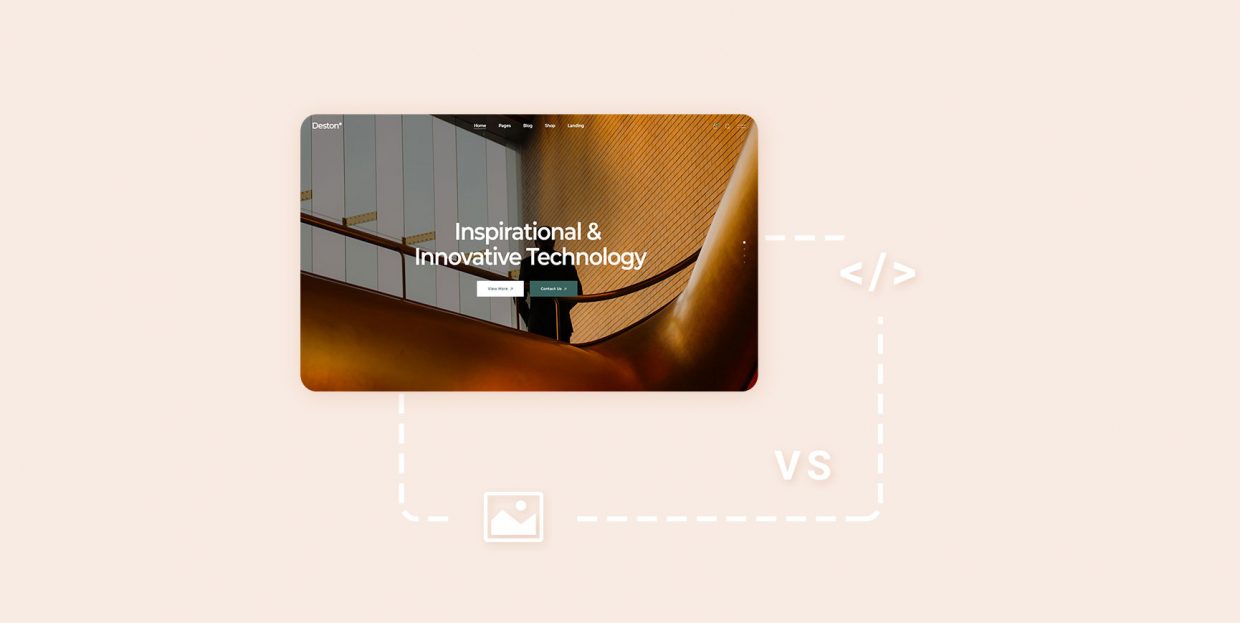
WordPress users sure have it easy when it comes to creating websites using the CMS. They can use managed WordPress hosting which makes setting up WordPress super easy. They can use awesome free themes to make their website look exactly how they like. When there’s something they’d like their website to do, WordPress users can just install a plugin for it. With Full Site Editing, the whole system has taken a giant step towards becoming even more user-friendly, especially for people who don’t know how to code. All of that, however, doesn’t make the difference between frontend and backend irrelevant, and it sure doesn’t excuse anyone from knowing it.
So if there’s still any doubt about what frontend is, what backend is, and what’s the difference between the two, we’ll do our best to settle it with this article. Stay tuned, as you’ll get to learn:
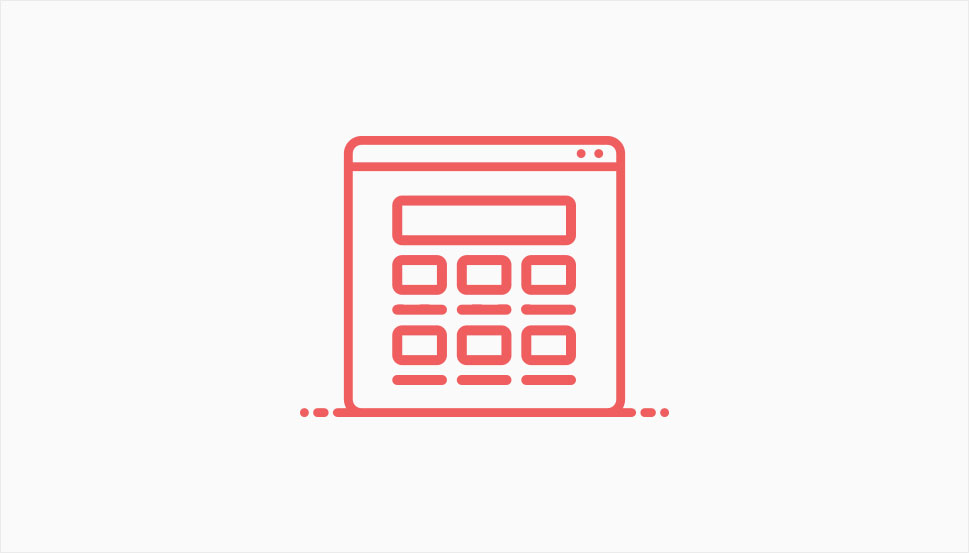
Whenever you visit a website, you’re faced with all sorts of visual elements – buttons, menus, images, forms, videos, words, and the like. That’s the front-facing part of the website, the part that users have access to and use for interaction. We call that front-facing part of the website “frontend,” and the people who create it “frontend developers.”
What Does a Frontend Developer Do?
A frontend developer is a person who is in charge of designing and building the front-facing part of the website. Often, this gets them confused with web designers, as they too work on the frontend. There’s a significant overlap between the two, too, even though developers don’t use the design tools that designers do.
A frontend developer is in charge of defining and styling visual components on the frontend of the website. They are also in charge of ensuring the website is interactive where it needs to be, and they’re concerned with creating a good user experience.
Frontend developers usually do a lot of testing of their work, and they’ll listen closely to feedback and monitor performance indicators to ensure good frontend performance. It’s their job to make sure that website visitors can access all of the parts of the website they’re supposed to access and perform all the actions the website was developed for. More often than not, frontend developers ensure that users can do all of that regardless of the device they’re using to access the website, as responsiveness is almost mandatory.
What Languages and Tools Do Frontend Developers Use?
Frontend development happens with line after line of code. The very first thing any frontend developer needs to learn, if they’re at all serious about having a career in web development, are the main languages of frontend development. The big three are:
-
HTML
-
CSS
-
JavaScript
If you’re ever tried to dabble in modifying things on your WordPress website with code instead of plugins, you have probably used one of these three languages. As for the tools frontend developers use during their day-to-day work, there are many. If you’re starting, you should consider looking into:
-
Code editors, as you’ll have to use something to write all that code with.
-
Various tools that help you simplify your work – JavaScript frameworks and libraries, frontend boilerplates, CSS preprocessors.
-
Version control systems to track all of the changes you’ve made and give the option to go back to an earlier version of work.
-
Code validators, to ensure your code is as good as it should be.
There are many, many different options from each of these categories. You’ll want to build your toolkit over time and choose the options that will save you the most time and make the end product of your work the best it can be. Shop around and find what works the best for you.
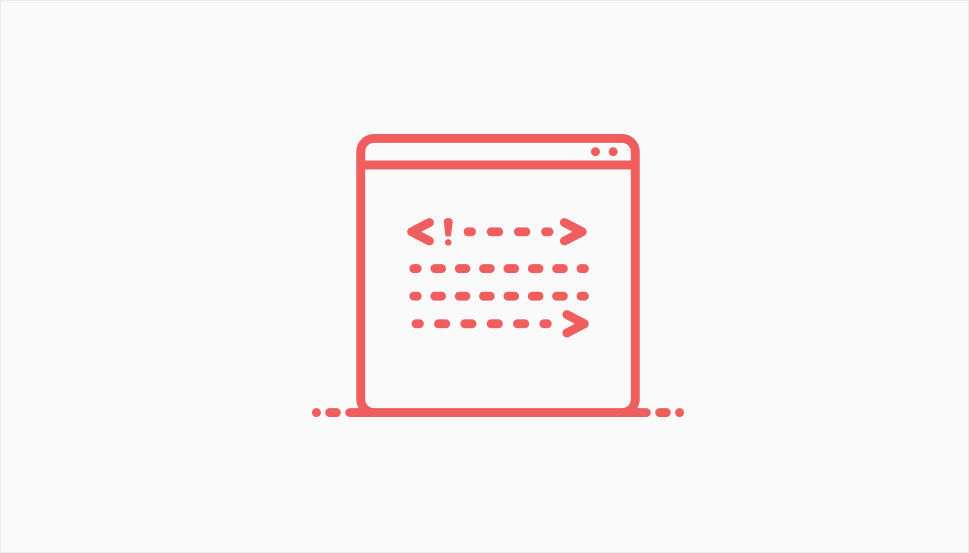
You probably realize, when talking about websites, that there’s a whole other layer of them you don’t see when you browse the internet. That’s the layer where data is stored, where the building blocks of the website or app are set, and where the key functions they have to perform are created. That’s the backend – the things that website visitors do not see. The things that happen on the server-side. The people who make all of that happen are called “backend developers.”
What Does a Backend Developer Do?
Backend developers are the masters of everything that happens behind the scenes of a website. For example, they set up how the website handles data manipulation and storage. That occurs on the server, in the database, so it’s the purview of the backend developer.
Backend developers also make sure the website is built in a way that’s contributing to the end goal of the website – its reason for being. They are the ones that write the code that actually generates the frontend and makes sure it runs with all the features it needs.
The duties of backend developers don’t end there, either. They are also involved in making sure the website is secure, for example. They’re the ones who use the APIs to ensure the proper interfacing between the website and third-party services. Content management is another thing that happens behind the scenes, so you know who is in charge of developing or implementing a content management system. In short, backend developers make sure the website works.
What Languages and Tools Do Backend Developers Use?
While backend developers don’t need as strong coding skills as frontend developers, they still spend time working with code. The languages they use are the server-side languages that are more concerned with how things work than what they look like. Some of the widely used backend programming languages include:
-
PHP
-
Java
-
C++
-
Python
The list can go on, too. As for other tools they use, they are various because they have to account for the full breadth of technical knowledge a backend developer needs to have. During their day-to-day, a backend developer might work on:
-
Databases, in which case they’ll use database management systems such as MySQL or MongoDB.
-
The server itself will lead them to work with server software such as Nginx or Apache.
Backend developers will also use frameworks, libraries, and version control systems.
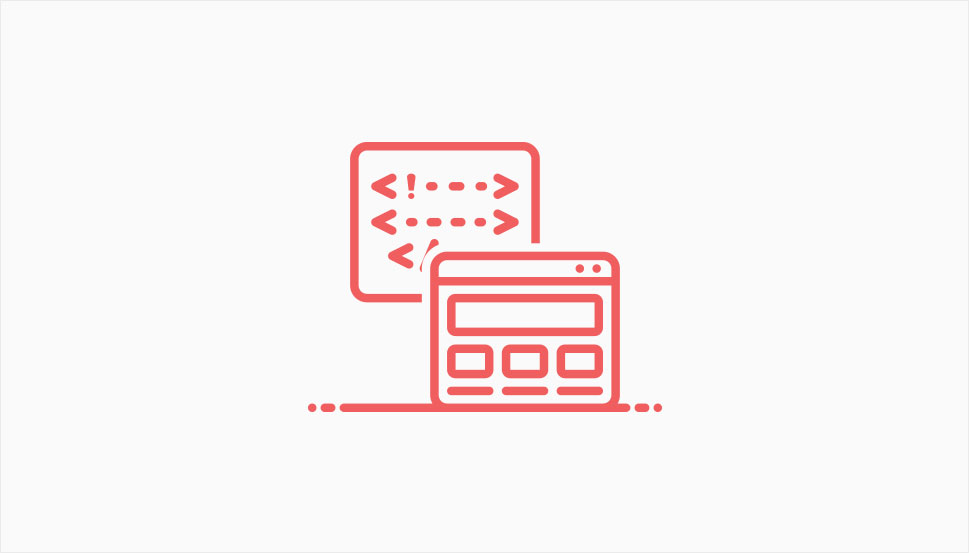
Frontend and backend are kind of like the two sides of a single coin, and while they have some things in common, it’s safe to say that they are two completely distinct things. So distinct that people often choose to specialize in one as opposed to the other.
If you need a quick cheat sheet or a summary of the differences between frontend and backend, here’s a quick list:
-
They refer to different parts of the website, as the frontend is the user-facing part and the backend is the server-facing part of a website.
-
Frontend and backend developers require different skill sets and knowledge of different programming languages and tools.
-
The goal of frontend development is to create a website people will use. The backend developers support that goal and make sure the website functions.
-
Frontend is concerned with design and elements, backend is concerned with data, algorithms, and APIs.
Whichever of the two you choose you should expect to have an above-average salary that tends to be higher if you’re working as a backend developer.
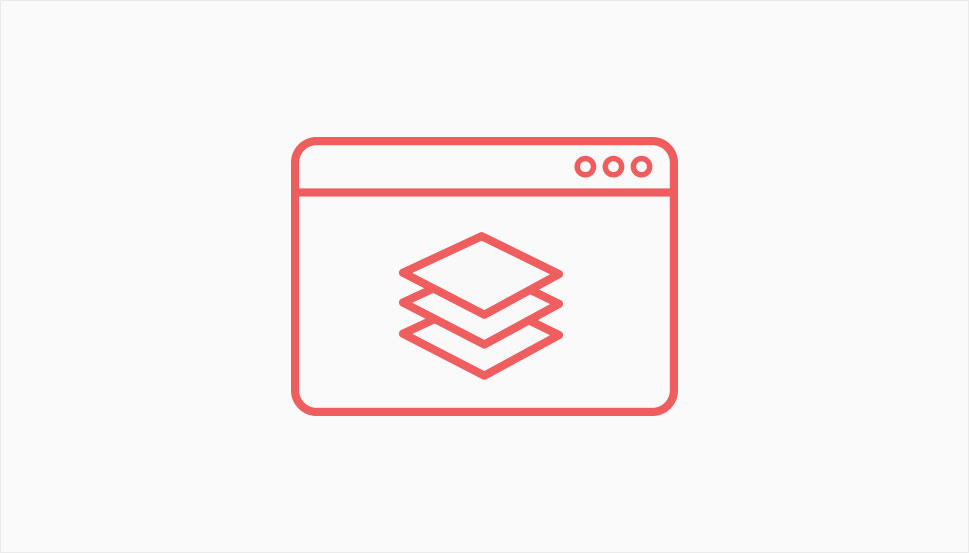
Finally, you might ask yourself why you wouldn’t just take on both frontend and backend development, like a true jack-of-all-trades. Well, nothing’s stopping you from learning the ropes in both areas of web development and working on the frontend as well as the backend. That’s called “full-stack development,” and it’s a real thing – people are actually doing it.
You should, however, have realistic expectations of what you stand to get from doing it. You can forget about having double the salary for knowing your way around all parts of the website – that’s not going to happen. You can also expect that you’ll, in time, lean towards one of the two.
Most importantly, however, you should know that the benefit you get from learning both is that you’ll have a greater understanding and appreciation of the role the other team is doing. This can make you an especially valuable player in a team – the person who knows the difference between frontend and backend and has the knowledge to make the two work together better.



